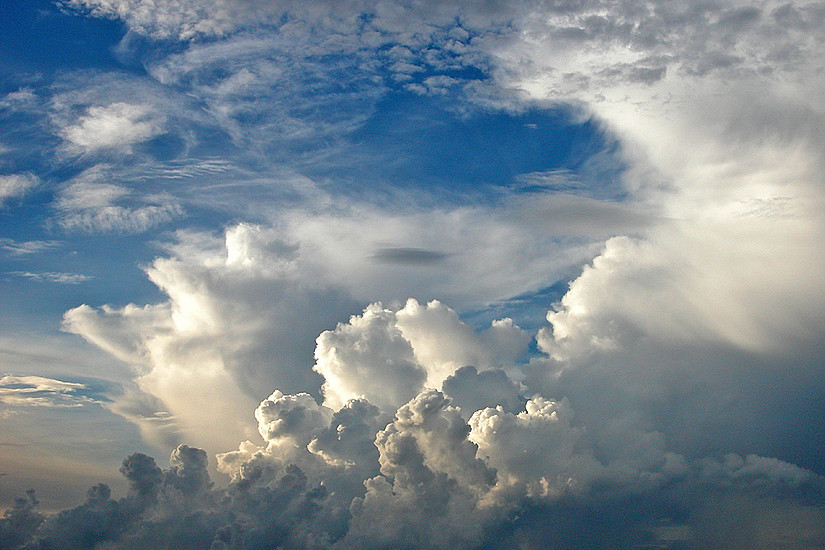Karl Franzens University Graz
Graz University of Technology
Karl Franzens University Graz | Graz University of Technology | |
Tuesday 06 October 2020 | |
|
16:15 - 17:15 |
The Invincible Iron-Talc: 2D Magnetic Layers Video, Link to online discussion at 5pm |
- Tuesday 13 October 2020 online event | |
 17:00 - 17:50 |
Taking focusing to the extreme: Is there something new? - An intermediate report from a long journey Focusing light from all directions in 3D may be an unusual scenario but it is required for a range of experiments from efficiently coupling a single photon to a single atom in free space to reaching the Schwinger limit for the electric field, at which the quantum vacuum will turn ... more |
- Tuesday 20 October 2020 TUG P2 | |
|
16:15 - 17:15 |
Laser Spectroscopy with extreme Resolution Link to discussion at 5 pm
Light-matter-interaction is a key ingredient to atomic and molecular physics, condensed matter physics and electrical engineering. It sheds light onto the consistency of matter, it is exploited fo ... more |
- Tuesday 10 November 2020 KFU HS 5.01 | |
 16:15 - 17:15 |
LIVE ONLINE PRESENTATION: Harnessing structured light for advanced optical trapping Since the Nobel award for optical tweezers in 2018, the paramount potential of optical trapping of micro- and nanoparticles has become obvious. Nowadays, structured light fields, customized in its amplitude, phase or polarization, containing singularities or being tightly focused ... more |
- Tuesday 17 November 2020 TUG P2 | |
|
16:15 - 17:15 |
Status Quo of International Fusion Reactor Research Under the well-established global need for sustainable
low-carbon sources of electricity, especially for reliable and
predictable baseload power generation magnetic confinement fusion
is considered as one of the few technologies with the potential
to meet this ... more |
- Tuesday 01 December 2020 TUG P2 | |
 16:15 - 17:15 |
Advancing fundamentals of climate change physics: new insights on global warming and low carbon society implications The climate physics basis underpins all of climate change science and societal implications, including the impacts of global warming and related natural and socio-economic changes. The latter include critical threats such as losses and damages, the need for adapting to changes al ... more |
- Tuesday 15 December 2020 KFU HS 5.01 | |
|
16:15 - 17:15 |
Probing halide perovskites by photoelectron spectroscopy – what have we learned by now? Research on novel semiconducting materials for application in optoelectronic devices has gained increasing interest in the past years. This is especially true for halide perovskites, which show extraordinary efficiencies when used as absorber material in solar cells. However, rat ... more |
- Tuesday 12 January 2021 remote online presentation via Webex | |
| 16:15 - 17:15 |
Mapping Orbital Information in the TEM Electronic states shape the world around us and are typically described in terms of orbitals. These orbitals as well as their complex interactions with each other and with external fields define material properties both on the atomic and on the macroscopic scale. Be it chemical b ... more |
- Tuesday 19 January 2021 Live Online Presentation and Discussion via Zoom | |
 16:15 - 17:15 |
Sensing with Structured Beams Structured beams are optical fields that are generated to have very specific spatially patterned phase and intensity profiles. There are a wide variety of these beams that interact with media and the environments in unique ways depending on their spatial profile. In this talk we ... more |